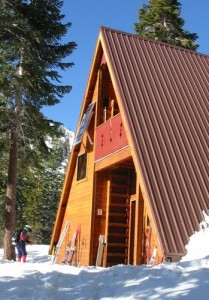
Bradley Hut – est. 1957, relocated 1995. More Bradley hut photos here.
Thankfully a vocal resistance led by Marcus Libkind, founder of Snowlands.org, saved the hut in principle, and the USFS conceded to allowing it to be transferred to Pole Creek. In the long run, perhaps a lucky stroke of foresight since access to the Five-Lakes Basin where Bradley Hut used to be is now all but locked off by the borders created by KSL’s Alpine Meadows and Squaw Valley plus the most direct route through White Wolf, a private ski resort still being developed.
Keep making backcountry turns

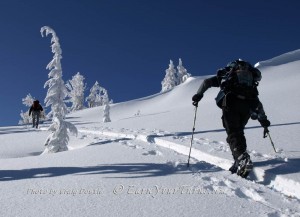
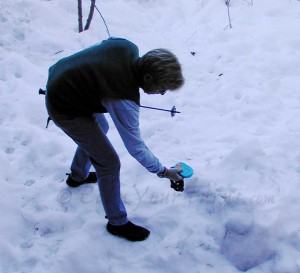
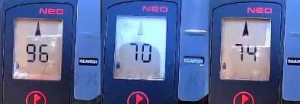
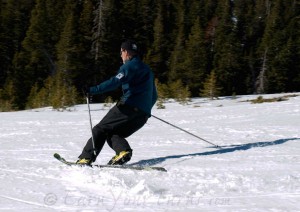


Recent Comments